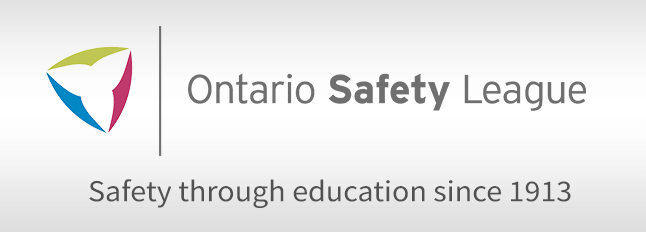Summer Driving

Summer Driving
There are three important components to summer driving; a safe vehicle, emergency preparedness and knowing how behave and react to weather conditions (thunderstorms, heavy rain and wind). All three are necessary for safe, summer driving.
A Safe Summer Ready Vehicle
The following checklist will help you to get your car ready:
- Install ALL-SEASON tires. Properly inflate tires and spare tires.
- Recharge or replace a weak battery. Clear away corrosion. Clean and tighten connections. Have the charging system checked.
- Make sure wiper blades are operational and donit leave grim on surface. Top up windshield fluid and clean the inside of the windshield.
- Ensure that headlights, sidelights, emergency flashers, parking lights, front and rear direction signals, tail lights and brake lights are functional. Make sure that headlights are properly aimed.
- Get an oil change and a diagnostic engine check up. Check other filters including fuel, air and transmission filters.
- Have brakes inspected. They must be equalized so that there is no pulling to one side or the other. Uneven braking may cause skids.
- Check the exhaust systems for carbon monoxide leaks.
- Keep the gas tank at least half full to avoid running out of gas.
- Check heating and cooling systems. For comfort make sure A/C working. Ensure fluids are topped up to help avoid over-heating.
- Have the cooling system flushed if it hasn’t been done for a while it should be flushed every two years. Check belts, hoses, pressure caps and the thermostat.
A tune up will assist in preparing against breakdowns. But just in case always carry an emergency kit.
Emergency Preparedness
Motorists should consider keeping the following items in their trunks.
- First Aid kit including gauze, dressing, dressing tape, bandages, tweezers, scissors, safety pins, alcohol, wipes, cold packs, reflective rescue blanket and a First Aid manual.
- Flashlight with extra batteries. Jumper cables.
- Tow chain or rope.
- Flares or battery operated warning lights.
- Properly inflated spare tire, jack and wheel wrench.
- Bag of sand or kitty litter and traction mats (in case you get stuck off road in mud or soft sand.)
- Fire extinguisher.
- Blankets or sleeping bags.
- Small shovel.
- Tools, screw driver, wrench and pliers.
- Cloth or a roll of paper towels.
- Non-perishable food items, such as a snack bar.
- Bottled water.
- Maps and a compass.
- Matches and candles.
- Axe or a hatchet.
- Pocket knife.
- Box of facial tissue.
- Bug repellant.
- Carry a cellular phone in case it is necessary to call for help. Use the phone only when a car is not in motion.
- Keeping an extra key in a coat pocket may assist drivers who lock their keys in their cars during a chaotic situation.
Spring / Summer Driving
Collisions often happen when drivers are unaware of how to drive in and how to react to thunderstorm or loose grit left over after winter sanding. It’s important for drivers to know the basic driving skills: the following tips, with practice, will help Ontario motorists to drive safely in our varied weather conditions.
First and foremost, it is very important to adjust speed to match road conditions.
When driving in stormy weather, motorists should accelerate steer and brake smoothly. Abrupt braking, accelerating or cornering can cause skids.
Using cruise control in bad weather can also cause skids, as cruise control does not allow drivers to immediately reduce speed for slippery/wet conditions. This can cause a wheel spin and throw a vehicle into a skid.
Motorists are often required to brake in order to avoid a collision. In the ideal situation, the motorist will have ample time to react. When motorists have a long distance before they have to stop, they should pump the brakes. This will give them the most control of what direction they go in.
If the stopping distance must be a little shorter, motorists can use threshold braking. Threshold braking is when a motorist applies the brakes just short of locking the wheels, releases the brakes, and brakes again a little less strongly. This gives the driver a shorter stopping distance than pumping the brakes, but less steering control.
If a car must stop in a short distance, the driver will have no choice but to slam on the brakes. The wheels will lock and because there is little steering control, there is a good chance that the car will go into a skid. The driver should look and steer where they want the car to go.
ABS braking systems will automatically threshold brake when the brakes are slammed and allow easier steering.
It’s a good idea for drivers to practice braking and skid recovery techniques. Practicing in a large empty parking lot will assist motorists to develop the skill necessary to deal with situations on the roadway. Drivers should beware of shady spots, overpasses, bridges and intersections on fresh spring mornings. Ice forms more quickly in these areas, making them treacherous for drivers who do not adjust their speeds.
Knowing how to drive and react in spring/summer and installing good quality tires can provide increased safety and peace of mind when travelling.
Have a SAFE summer driving to the cottage or to your favourite country market and towns.

